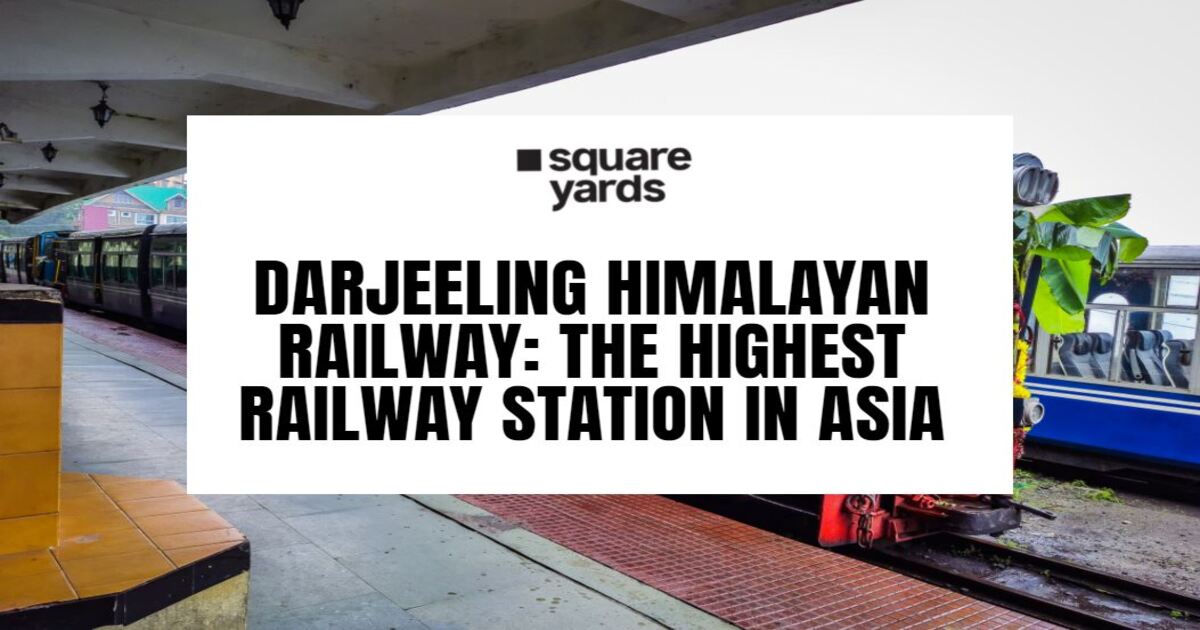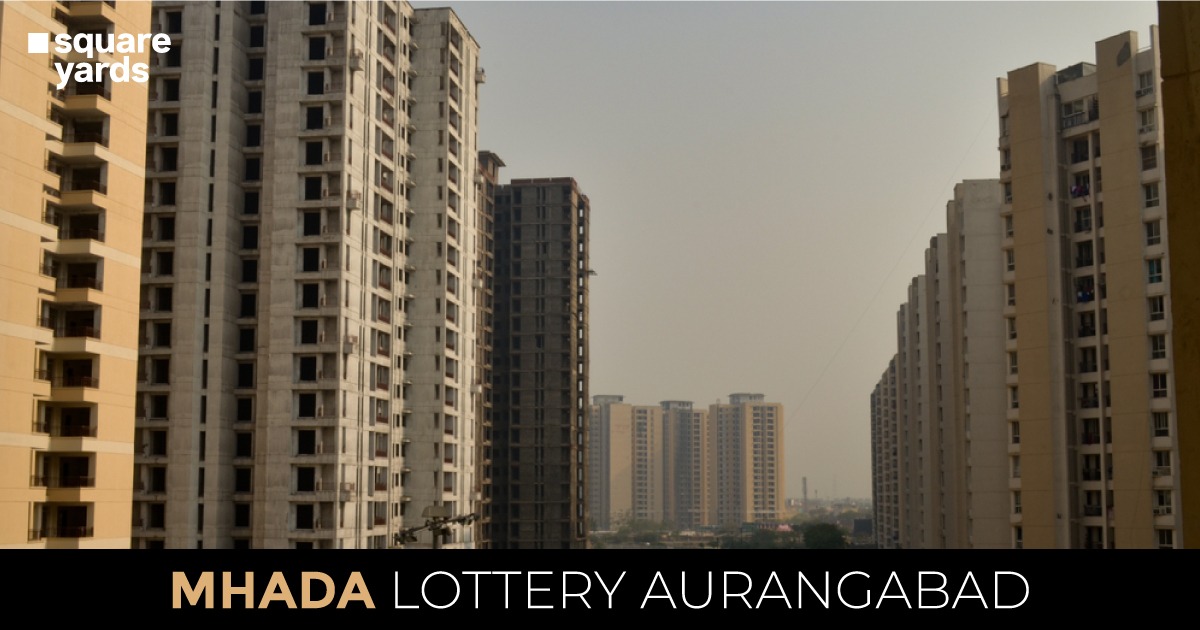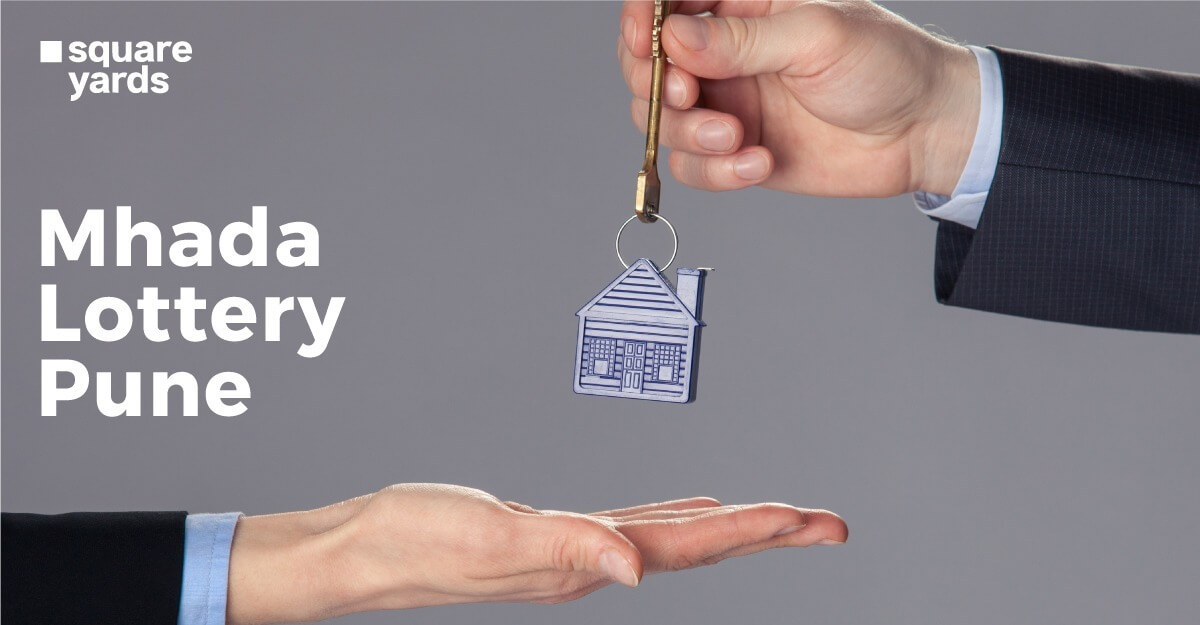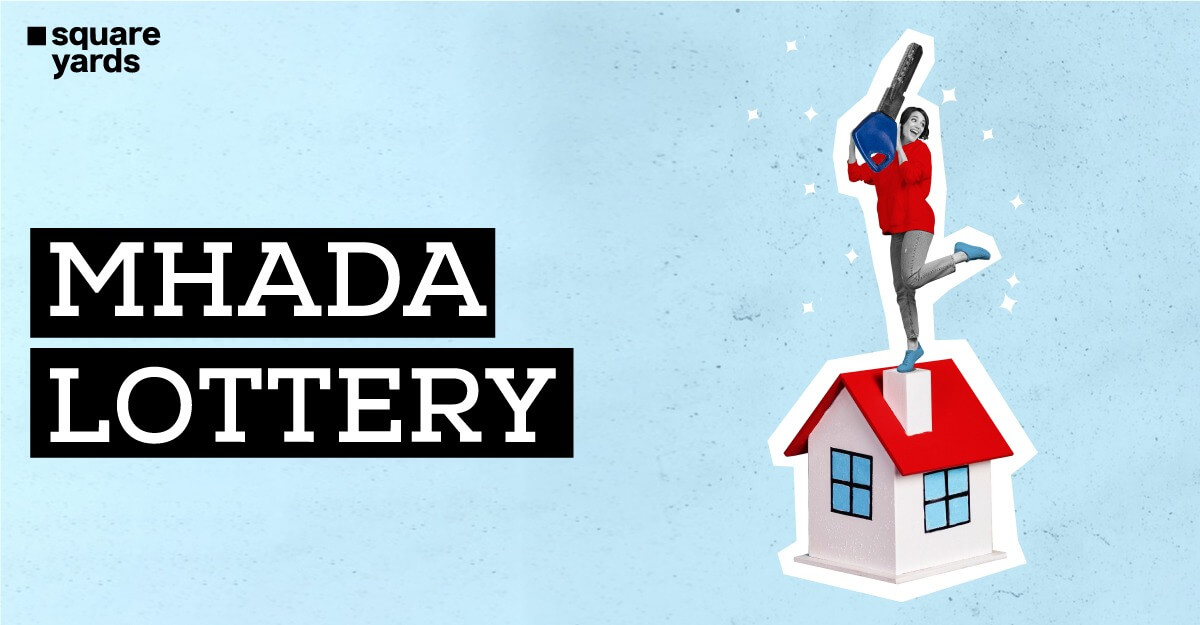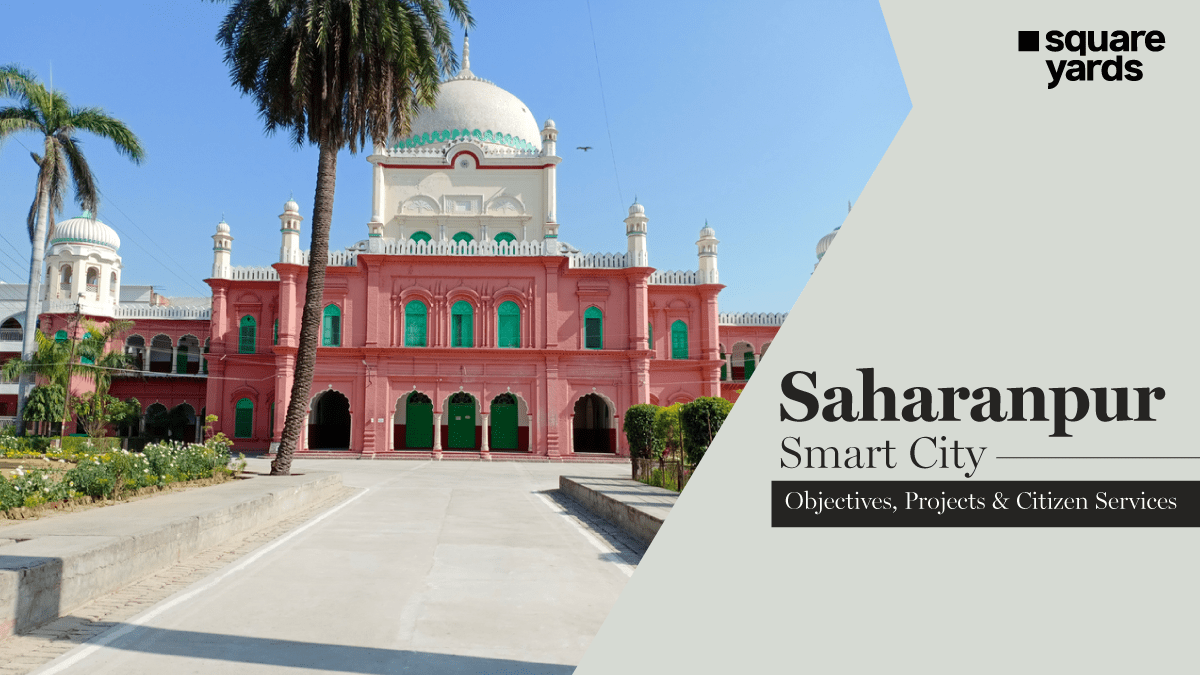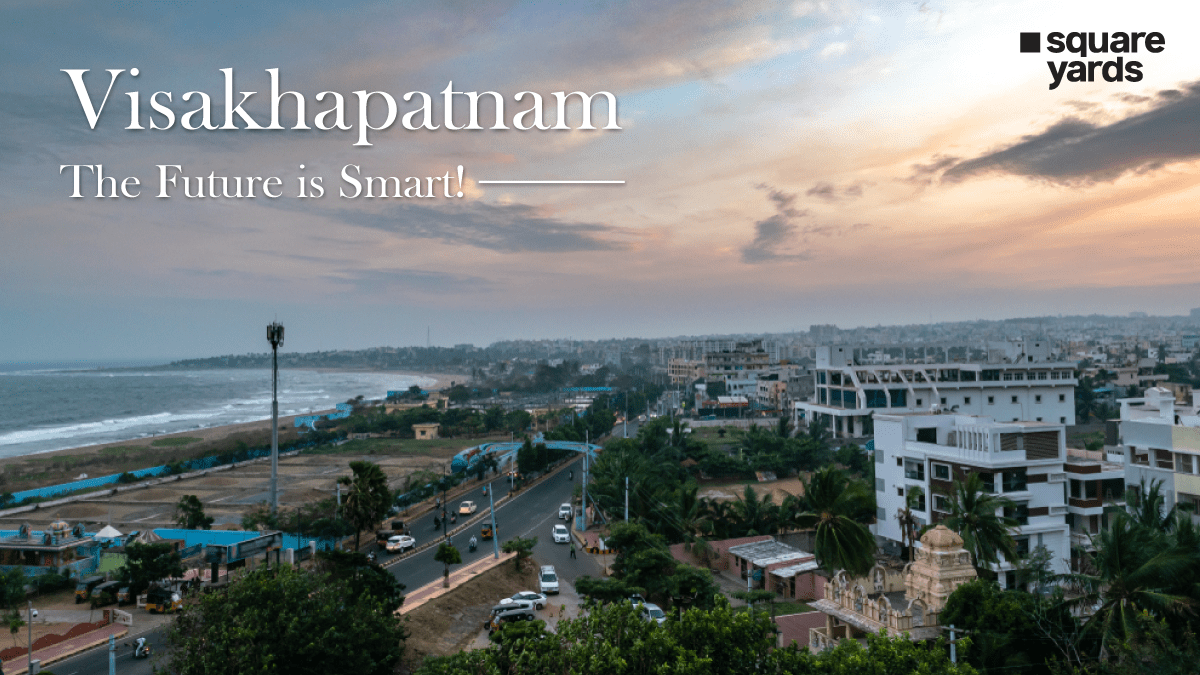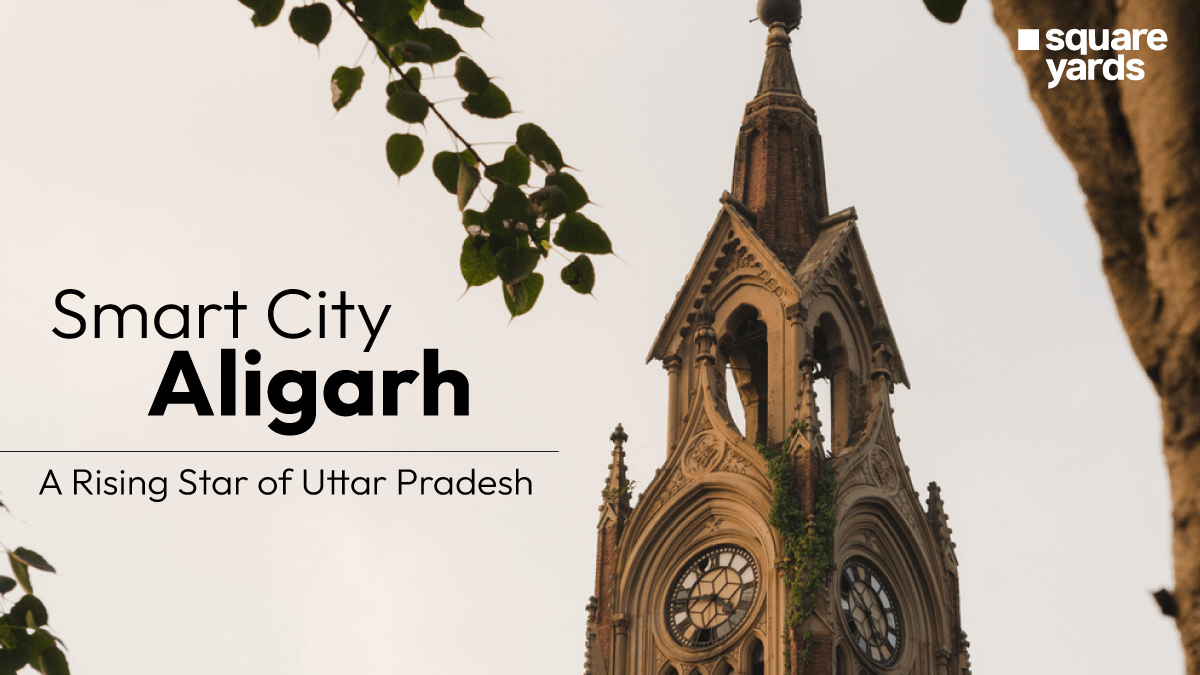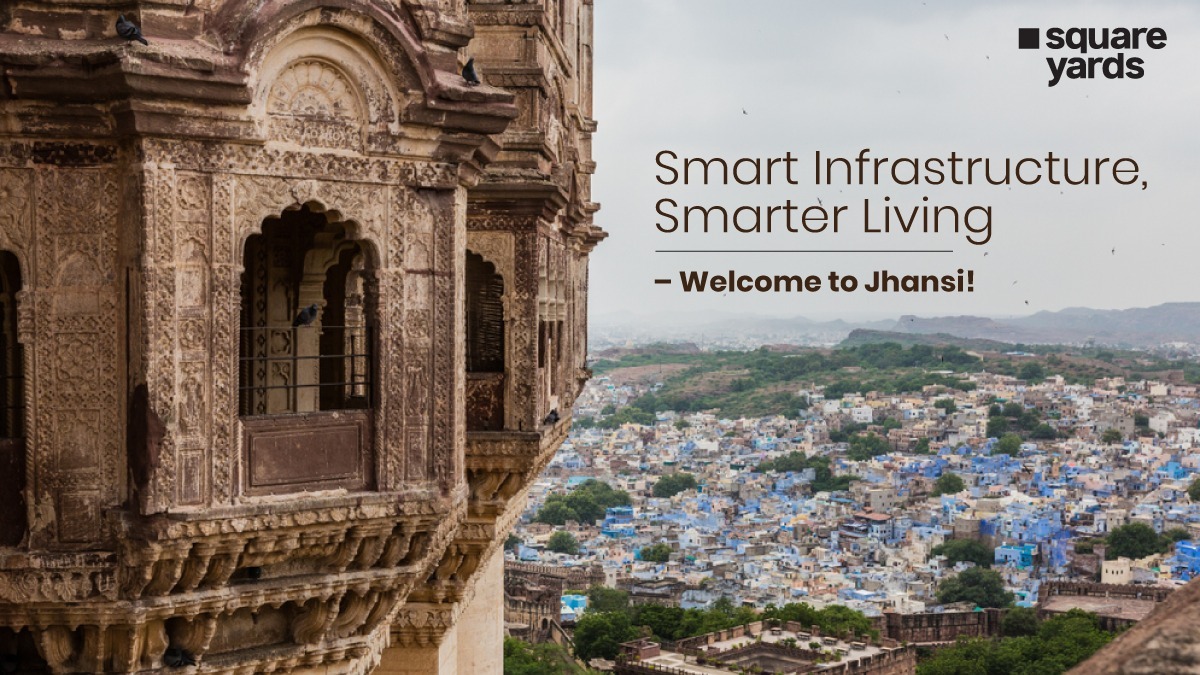Darjeeling is a small town located in West Bengal in the foothills of the Himalayas noted for its tea industry. It has the world’s third-highest mountain (Kangchenjunga) and is popular worldwide for its scenic beauty.
The Darjeeling Himalayan Railway (DHR) is a narrow-gauge mountain railway, popular as a toy train. It has been marked on the world heritage list by UNESCO. People from all over the world visit Darjeeling to witness its natural beauty. So, make your adventure more organised with the below-jotted DHR details.
Table of contents
- History of the Darjeeling Himalayan Railway (Toy Train)
- Darjeeling Himalayan Railway (UNESCO)
- Timings And Ticket Price For Darjeeling Himalayan Railway
- Darjeeling Toy Train Route
- When is the Best Time to Travel in Darjeeling Himalayan Railway?
- Revenue Generated By Darjeeling Himalayan Railway
- FAQ’s about Darjeeling Himalayan Railway
History of the Darjeeling Himalayan Railway (Toy Train)
Influenced by British rule, 1828 witnessed the first settlement in Darjeeling. However, in 1835, the city was separated from Sikkim to build a sanatorium for different patients who were former servants of the East India Company. With only a monastery, the observatory hill in Darjeeling, then, only had 20 huts and a population of 100.
After 39 years of the development initiation of Darjeeling town, Franklin Prestige, an agent of the Eastern Bengal Railway, saw prospects of a rail link between the hills and plains to augment transport facilities and economic activities, mainly tea exports. Thereafter, he submitted the plan for the two feet railway line construction between Siliguri and Darjeeling.
The scheme was sanctioned on 8 April 1879, culminating in the establishment of the Steam Railway Co. However, the plan of operating trams on the tracks was discarded after a year or two, and on 15 September 1881, Darjeeling Himalayan Railway Co. (DHR) came into being. Formerly under British rule, DHR was undertaken by the Government of India post-independence in 1948.
Darjeeling Himalayan Railway (UNESCO)
The strong 2 feet gauge railway track stands proudly on the deep slopes of Darjeeling hills and was declared as a World Heritage Site by UNESCO in 1999. The Darjeeling Railway is fondly known as the “Toy Train”, started in 1881 for the ease of commute and transportation.
Making the commute easier and commodity transportation cost-effective, the DHR has become a focal point of Darjeeling’s tourism industry. This narrow-gauge railway track is still the best example of engineering in challenging terrain.
Timings And Ticket Price For Darjeeling Himalayan Railway
Here we have attached the list of timings and fares of train rides from the Darjeeling Himalayan Railway Station, which would help visitors plan their journey according to the Darjeeling Himalayan Railway timetable.
| Train No. | Joy Ride | Departure Timing | Arrival Timing | Class Type | Fare in Peak Season (March to June) and (October to December) in Rs. | Fare in Lean Season (Januar, February, July to September) in Rs. |
| 52594 | Steam | 09:25 | 11:20 | First Class | 1500/- | 1200/- |
| 52591 | Steam | 09:45 | 11:25 | First Class | 1000/- | 800/- |
| 52596 | Steam | 11:40 | 13:35 | First Class | 1500/- | 1200/- |
| 52597 | Steam | 12:00 | 13:40 | First Class | 1000/- | 800/- |
| 52598 | Steam | 13:50 | 15:45 | Vista Dome | 1600/- | 1280/- |
| 52599 | Steam | 14:20 | 16:00 | First Class | 1000/- | 800/- |
| 52544 | Steam | 16:10 | 18:10 | Vista Dome | 1600/- | 1280/- |
| 52590 | Diesel Spl. | 16:30 | 18:20 | First Class | 1000/- | 800/- |
Darjeeling Toy Train Route
The track of the Darjeeling Himalayan Railway (DHR) is only 600 mm wide on which the Toy Train runs. The 87km Toy Train route offers breathtaking scenic views of some most elevated hills along with dense forests. The train runs between Darjeeling and New Jalpaiguri, with a number of small stations along its way.
The vast route covers beautiful views of dense forests, steep valleys, the tallest mountains, local villages, and tea gardens while allowing you to soak in nature’s grace. The beauty of DHR has also been featured in several movies like Barfi and Parineeta.
Ghum is the highest point on the route of Darjeeling Himalayan Railway at an altitude of 7,404 ft. Also, DHR is the second-highest station in the world with the third highest mountain (Kanchenjunga), and it is the highest railway station in Asia. There are sharp gradients, bends, and curves on the route because the train has to ascend at such a height for about 80kms.
When is the Best Time to Travel in Darjeeling Himalayan Railway?
Since the DHR is located in the heights of the Himalayas, winter could be a little harsh for visitors. Thus, it is suggested to visit DHR from March to May or from October to early December. These months offer better views and easy accessibility to the attraction. It is usually suggested by locals and visitors to avoid the months of June to September because of frequent and heavy rains.
Don’t Miss Out
| Kanpur – Lucknow Expressway – Six-Lane Access – Controlled Expressway |
| Bangalore-Chennai Expressway: Everything You Need to Know |
| Gorakhpur Link Expressway: Features, Connectivity and Route Map |
Revenue Generated By Darjeeling Himalayan Railway
As per sources, the revenue of DHR has gone up in recent years due to heavy passenger traffic with the launch of new rides and a hike in fares. As per 2013-14, the DHR revenue generation was just Rs. 1.84 crores, which then went up to Rs. 5.5 crore by 2015-16.
As per the latest news, in 2018-19, after being announced as a UNESCO Heritage Site, the DHRearned around Rs. 12 crores of profit. The railway system has maintained its originality. And that’s the USP behind its growing popularity amidst tourists who visit Darjeeling to have a glimpse of Victorian-era Darjeeling Himalayan Railway locomotives.
Wrapping it Up
The Darjeeling Himalayan Railway started in 1881 and is today famous as a toy train because of its narrow gauge structure. It’s one of the best examples of high altitude railway infrastructure and engineering. A quick walkthrough of DHR details will make your joy rides more fun-filled. Be it DHR’s history, revenue, or route, everything about it contains a beautiful story and rich history from a different era. Spring, summer and autumn are the best times to enjoy the mesmerising sights and memories that DHR offers to its fullest.
FAQ’s about Darjeeling Himalayan Railway
Q1. When did the Darjeeling Himalayan Railway become functional?
The Darjeeling Railway Station was built between 1879-81, which then started serving people and was later acquired by the Indian Railways.
Q2. Why is the Darjeeling Toy Train famous?
The Darjeeling Toy Train runs along with a narrow gauge that passes through some most beautiful, natural, and scenic mountain routes in the world. Thus, recognised by UNESCO as a world heritage site and is famous amongst both national and international visitors.
Q3. What is the origin of the Darjeeling Himalayan Railway?
Origins of DHR (Darjeeling Himalayan Railway) dates back to 1878 when the agent of EBR (Eastern Bengal Railway), Franklin Prestage, proposed a two-foot gauge hill railway to be routed with the Hill Cart Road from Siliguri to Darjeeling.
Q4. When did Darjeeling Himalayan Railway become a UNESCO Heritage Site?
On 5 December 1999, UNESCO announced DHR (Darjeeling Himalayan Railway) as a world heritage site which is often known as the mountain railway of India.
Q5. Who built the Darjeeling Himalayan Railway?
Franklin Prestage, a British Indian railway engineer, made major contributions in the construction of the Darjeeling Himalayan railways, and the railway is now owned by Indian Railways.
Q6. Why is Darjeeling Himalayan Railway known as Toy Train?
The DHR is part of the Northeast Indian Railway, also known as the Indian Mountain Railways. The DHR runs on the narrow gauge up the hilly terrain. Due to this reason, all the coaches and engines are small in size. Therefore, the train is colloquially called a Toy Train.


